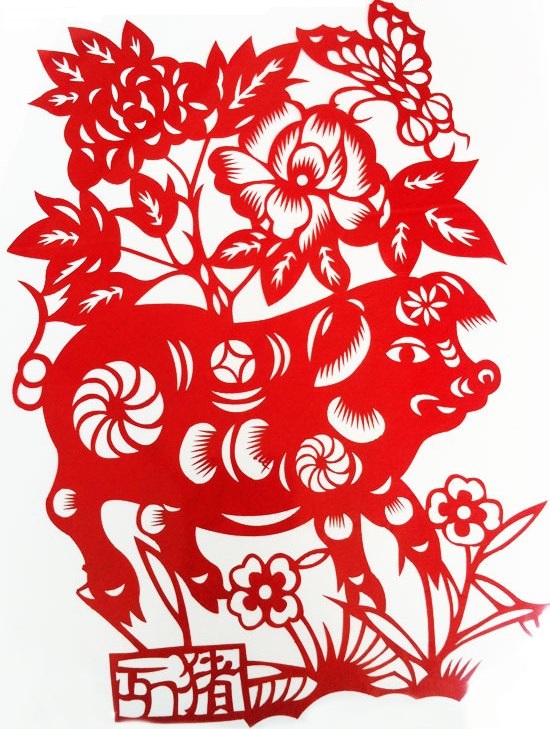 According to the latest figures from Chinese customs, Chinese pork imports in Q1 2017 reached 346,000 tonnes.
According to the latest figures from Chinese customs, Chinese pork imports in Q1 2017 reached 346,000 tonnes.
This represents a further 21% growth on the same period in 2016 although it still means there has been a considerable slowdown on the 2016 full year total when volumes more than doubled compared to 2015.
The EU remained the primary supplier of pork to China, but at 69%, the market share had dropped by four percentage points compared to Q1 2016. Growth in Spanish shipments remained strong, at 42% year-on-year, but Germany saw a relatively modest growth of only 6%. Expansion in German shipments has been limited as seven plants had their export licences suspended in February. In contrast more Spanish plants have been able to obtain licences to supply China. Meanwhile Danish exports actually showed a 19% decline year-on-year, but the UK maintained export growth, with volumes up 17%.
Outside the EU, Canadian shipments showed a 52% growth on 2016. Its market share therefore increased compared to the first quarter last year by two percentage points; becoming the third largest single country supplier. This development was likely aided by competitive unit prices, below those of the other key exporters.
Chinese pork Imports, January - March
|
|
2016 |
2017 |
Change 2017/2016 % |
|
|
000 tonnes |
||||
|
Total fresh/frozen |
286,1 |
346,2 |
+21 |
|
|
From EU-28 |
209,2 |
239,0 |
+14 |
|
|
Of which |
Germany |
70,5 |
74,6 |
+6 |
|
|
Spain |
49,6 |
70,2 |
+42 |
|
|
Denmark |
31,5 |
25,5 |
-19 |
|
|
Netherlands |
14,6 |
22,6 |
+55 |
|
|
UK |
10,0 |
11,7 |
+17 |
|
|
||||
|
From Non-EU |
76,9 |
107,2 |
+39 |
|
|
Of which |
United States |
35,9 |
38,0 |
+6 |
|
|
Canada |
28,3 |
43,0 |
+52 |
|
|
Brazil |
3,9 |
17,1 |
+338 |
Source: Chinese Customs, IHS Maritime & Trade — Global Trade Atlas
While shipments have not yet returned to record levels seen mid-2016, there are signs volumes may be picking up. Imports were up 48% on the year during February, a traditionally weak month due to the post-Chinese New Year lull in demand. At 124,000 tonnes, March also boasted the highest monthly import figure since September last year. These developments were likely influenced by further falls in production.
Industry sources suggest that slaughterings so far in 2017 have been significantly back on 2016 while a number of key plants have been shut down for failing to comply with stricter environmental regulations. Both sow and slaughter pig numbers are reported to be the lowest since 2014. Aside from the environmental regulations, culling of sows with poorer genetics has also reportedly accelerated in recent months, accentuating the overall decline.
Chinese pig prices were below year earlier levels during Q1 2017. However, year-on-year growth in piglet prices suggests stronger market conditions are anticipated in the coming months, as supplies continue to tighten while pork consumption begins to recover. Looking forward import demand is expected to remain firm and means there are likely to be opportunities for pig meat exporters to China in the coming months. This includes the UK, with China now the largest destination for UK pork exports.
PigUA.info adopted from AHDB.Pork

